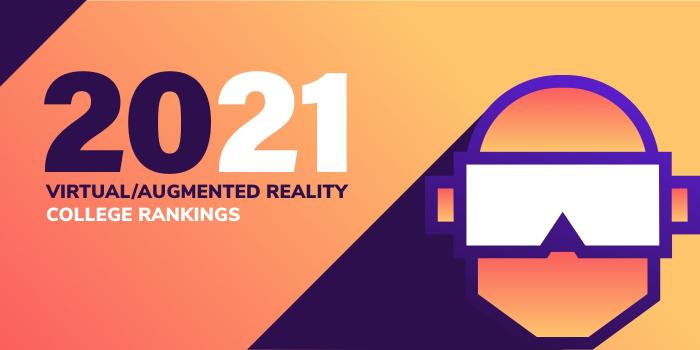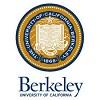Georgia Institute of Technology (Georgia Tech) has campuses in Atlanta, Georgia; Metz, France; and Shenzhen, China. The school opened as the Georgia School of Technology in October 1888 with just 84 students. Today, Georgia Tech serves nearly 40,000 students from 50 states and 149 countries.
Majors and degrees are offered through the colleges of Design, Computing, Engineering, and Sciences, the Scheller College of Business, and the Ivan Allen College of Liberal Arts. Programs for AR/VR students are offered in the Ivan College of Liberal Arts, School of Literature, Media, and Communication, and the College of Computing, Schools of Computer Science, Interactive Computing, and Computational Science & Engineering. Options include a BS in Computational Media, MS and PhD degrees in Computer Science, and Minors in Computing & Devices, Computing & Intelligence, and Computing & People, to name a few.
With 300 students, the BS in Computational Media is one of Georgia Tech’s fastest growing programs. Students have opportunities to focus in Interaction, Games, Narrative, and more. Course highlights include Constructing the Moving Image, Interaction Design, Computer Animation, and Experimental Media. Sample careers include Virtual and Augmented Reality, Special Effects Creation, Interactive Game Design and Simulation, Robotics, and Animation.
The Computer Science programs at Georgia Tech provide opportunities for students to select from research areas such Virtual & Augmented Environments, Ubicomp & Wearable Computing, AI and Machine Learning, Robotics and Perception, and Geometry, Graphics, and Animation.
Students in all programs have access to Georgia Techs GVU Center, which supports AI, AR/VR, HCI, Robotics, Wearable Computing and other research. Within the GVU Center is the Augmented Environments Lab, which focuses on “understanding how to build interactive computing environments that directly augment a user's senses with computer-generated material,” says the school.
Also located in the GVU Center is the Prototyping eNarrative Lab. Also known as PeN Lab, the Lab “applies digital information design and interaction design principles to digital storytelling to create more complex and expressive narratives, focusing on emerging platforms like experimental television, virtual reality, and augmented reality, and on the intersection of storytelling with game design and simulation design.”
Sample Lab projects include Bringing Interactivity to Static Data Visualizations through Augmented Reality, Escape Room VR, Interaction Techniques for Children's AR Education, Invisible Cities: Multi-user AR Public Monuments, The Lights of St. Etienne: An AR/MR Experience in the Cathedral in Metz, France, WebXR: Experiences in AR and VR for the Web, and Pipping: Exploring Passive Haptics in Virtual Reality.
Georgia Tech graduates can be found working in leadership positions in consulting, engineering, financial services, healthcare, law, manufacturing, retailing, transportation, humanitarian logistics, and more. They have been hired by companies such as Apple, Boeing, Cisco Systems, Delta Airlines, Disney, Google, IBM, Intel, Microsoft, Tesla, and many others.



























